Articles in the Articles Category

The damage caused by Hurricane Katrina to the southern United States has exploded the myth that natural disasters happen only to poor countries. Yet there is a grain of truth in the myth. Natural disasters happen all over the world, but the extent of damage and loss of life has far more to do with the preparedness and responsiveness of the relevant human systems, not only where the disaster happens but also often half-way across the world.

GPS has revolutionised positioning, navigation and timing (PNT) over the last twenty-fi ve years. During this period, we have come to rely on GPS to an unprecedented extent and GPS has gone from being an interesting research and development topic, to a professional niche market maker, to becoming the fourth utility and now to today’s mass market phenomenon…
Bentley has introduced the ‘Be Employable’ initiative. Can you explain what it is designed to accomplish?
Malcolm Walter: Worldwide, the infrastructure community is facing the relentless pressures of a diffi cult economy, and the downsizing of design and engineering organizations has become widespread. Bentley’s mission of ‘sustaining infrastructure’ encompasses the need to ‘sustain the professions’ that design, build, and operate our infrastructure, and the Be Employable program is dedicated to doing just that.
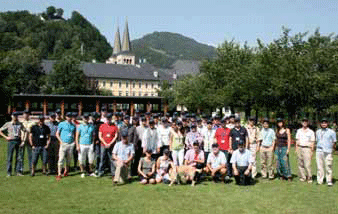
Th e ESA International Summer School on GNSS 2009 was held from July 20th to 30th in Berchtesgaden, Bavaria – Germany. Aft er the great successes in 2007 and 2008 the European Space Agency adopted the International Summer School on GNSS which itents to educate Satellite Navigation in an intersdisciplinary way and give a comprehensive overview on the design and development of satellite navigation systems and its applications. Bernd Eissfeller, leading organizer and director of the Institute of Geodesy and Navigation of the University FAF, Munich was plesed about this change. “Not only ESA is now part of this international activity concerning GNSS education”, he pointed out, “but also many high ranking universities which supported the Summer School for the fi rst time.” Th e 2009 organizing committ ee consisted of Eissfeller`s institute, the Stanford University (USA), the Institute Supérieur de l`Aéronautique et de l`Èspace (France), Aalborg University (Denmark) and Graz University of Technology (Austria). 47 participants from all over the world joined Summer School 2009, i.e. Russia, China, Australia, etc.
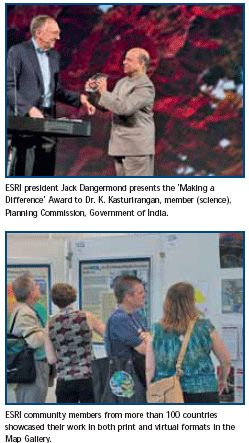
“Thank you for attending this year,” said President Jack Dangermond, ESRI, as he welcomed attendees at the 2009 ESRI International User Conference (ESRI UC). “Many things have taken place over the last year, and I’m particularly grateful you are here with us today. I know some of you came on your own money and traveled halfway around the world–I can’t say how much I appreciate that.”
November 2009
International Symposium on GPS/GNSS 2009
4-6 November
Jeju, Korea
gnssws@gnss.or.kr
www.gnsskorea2009.org
NAV09
Maritime : 10 November, Southampton
Positioning & Location:12 Nov., Nottingham
Land : 19 November, Teddington
Timing : 20 November, Teddington
Air:25 Nov., london
www.rin.org.uk/news-events/events
WALIS International Form 2009
11-13 November
perth convention Exhibition Centre, Australia
www.Walis.wa.gov.au
INCA 2009
25-27 November
Kolkata, India
http://www.incaindia.org
ISPRS (Geospatial Data Cyber Infrastructure)
25-27 November
Hyderabad, India
http://www.incois.gov.in/isprs
GPS/IGNSS Symposium 2009
30 Nov – 1 Dec 2009
Tokyo, japan
www.gnss-pnt.org/symposium2009


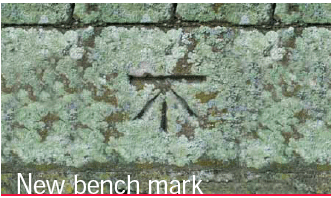

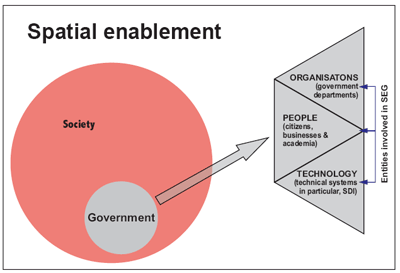
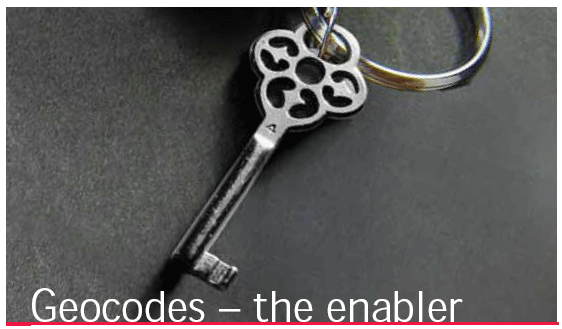







 (5.00 out of 5)
(5.00 out of 5)